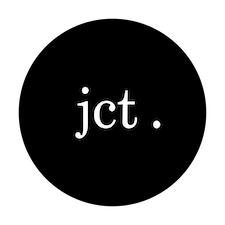The last few weeks have given us a hint of what an armistice is like. In truth, not a lot has changed. The case counts are still high. We’re still mostly stuck in our homes. The experience of people, and places outside of our Covid bubbles continue to feel all too distant. And yet . . . we have the year’s few warm spring days safely under our belts. We may not yet be able to hug each other, but we can call out “It’s good to see you!” and “We made it!” to our neighbors, newly unbundled from layers of wool and down, as we take our walks and tug away at our still-muddy lawns. We at Junction think we’ve seen enough—we’re calling this one for Team Hope.
Yes, it’s still just the beginning. Yes, we have a long way to go. And so, here are fourteen stories of survival to encourage and sustain you. Each one is unique, but what they all have in common is the story of what it took to get us through. —Courtney Cook

Photo by Perry Allison
The Fine Art of Puttering Around
My Dad was a great putterer. My husband is pretty good at it too. Me? Not so much. There is an element of aimlessness in this activity which is probably why I’m not very good at it. I'm a girl with a plan who likes to get things done. I'm a girl who likes to feel accomplished. I'm a girl who has spent way too much of my life striving to stay busy.
This year was the year that this changed. This year was the year I turned to the wonderful office that I love. I look out the window at a beautiful Vermont landscape with an apple orchard and a gorgeous barn. I have lots of pictures and books and projects nearby. I have a piano in the other room with stacks of music. I have a ukulele that I have sworn to learn how to play. I have a collection of percussion instruments from my days as a camp counselor and a music teacher. I have a craft collection just waiting for me to jump into a project. I have stacks of books and plays just waiting to be read. There are boxes of photos—a lifetime of photos of moments both precious and everyday calling to be organized. Bead wind chimes anyone? Beaded handle salad servers?
From the beginning, the supplies were there, I just needed the will to do them. I needed strategies to putter around: Lose the to-do list. Let go of the pressure and deadlines. Experiment with adding music? Learning how to putter has been a work in progress, to be sure. —Perry Allison
HOPE
Hope. It is a quality necessary for all life, but one that is not wholly appreciated. While memory grips our past, it grips our future. It is, as the poet Emily Dickinson wrote, “the thing…that perches in the soul and sings the tunes without the words and never stops—at all.” Former political prisoner and the former president of Czechoslovakia, Vaclav Havel, once remarked that, “Hope is not the same thing as optimism—it is an orientation of the spirit and an orientation of the heart. It transcends the world that is immediately experienced and is anchored beyond its horizons.”
By nature, I am a person full of hope—the compass of my heart will always point to love and hope. But, during this past year I have felt the storm of human pain and the cold bitterness of the dark wind that has ushered in despicable dishonesty, poisoned politics, malignant misinformation, a virulent virus, words that are wielded as weapons with which to wound others, racial strife, an inexorable wave of climate change, too much talk by corrupt leaders. I wish that the life of this dark wind was as brief as the flash of a firefly in the night and as fleeting as the shadow of a cloud as it races across the plain. Yet, I know this wind has come to test our humanity and ask that each one of us takes a deep look into our souls. But first we must maintain our hope. Even though we may believe we have all the impact of a single snowflake, we can, in fact, make a difference with honesty, kindness, caring, good work and respect for others. —Donald Cameron
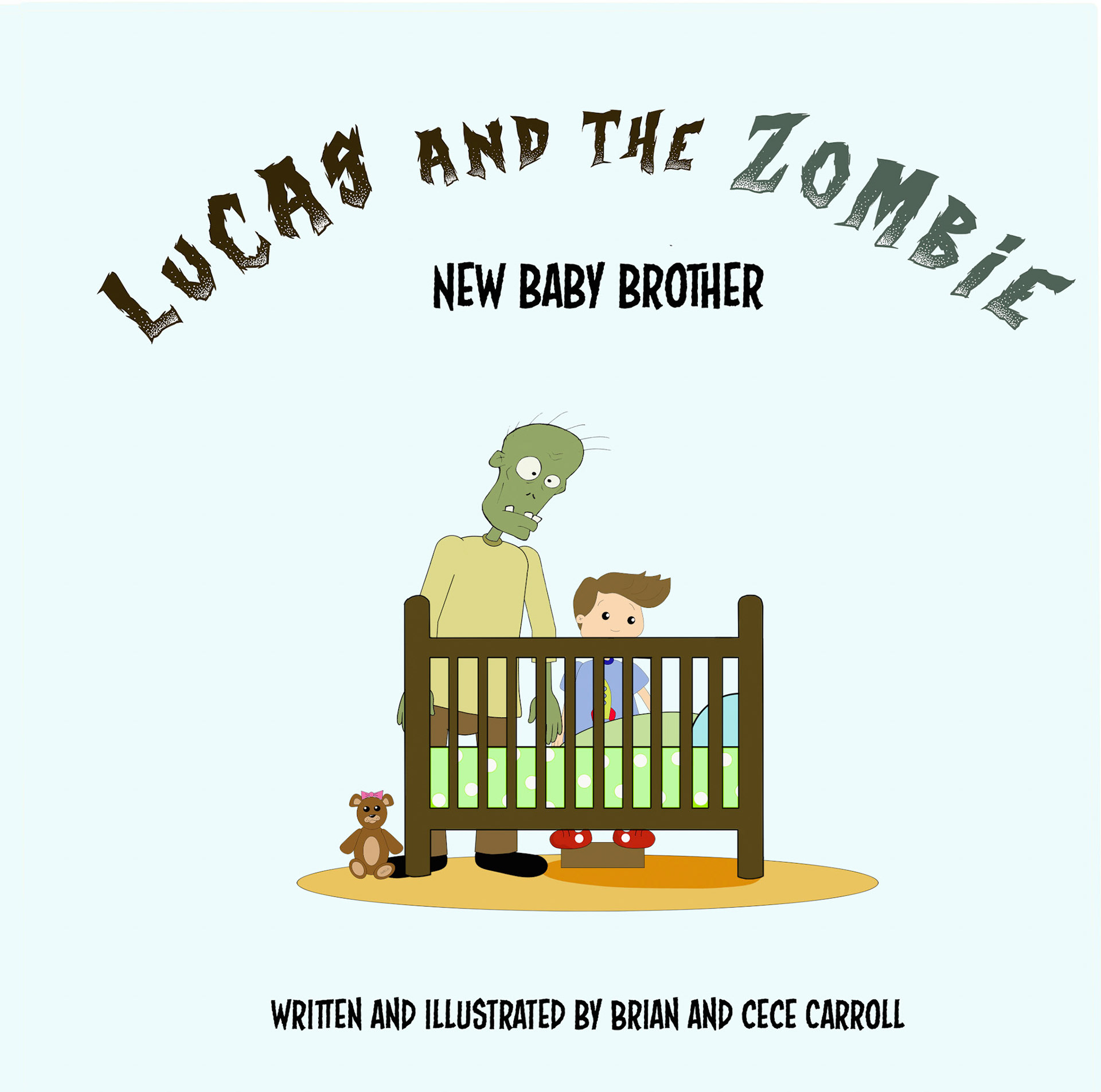
Image courtesy Brian Carroll
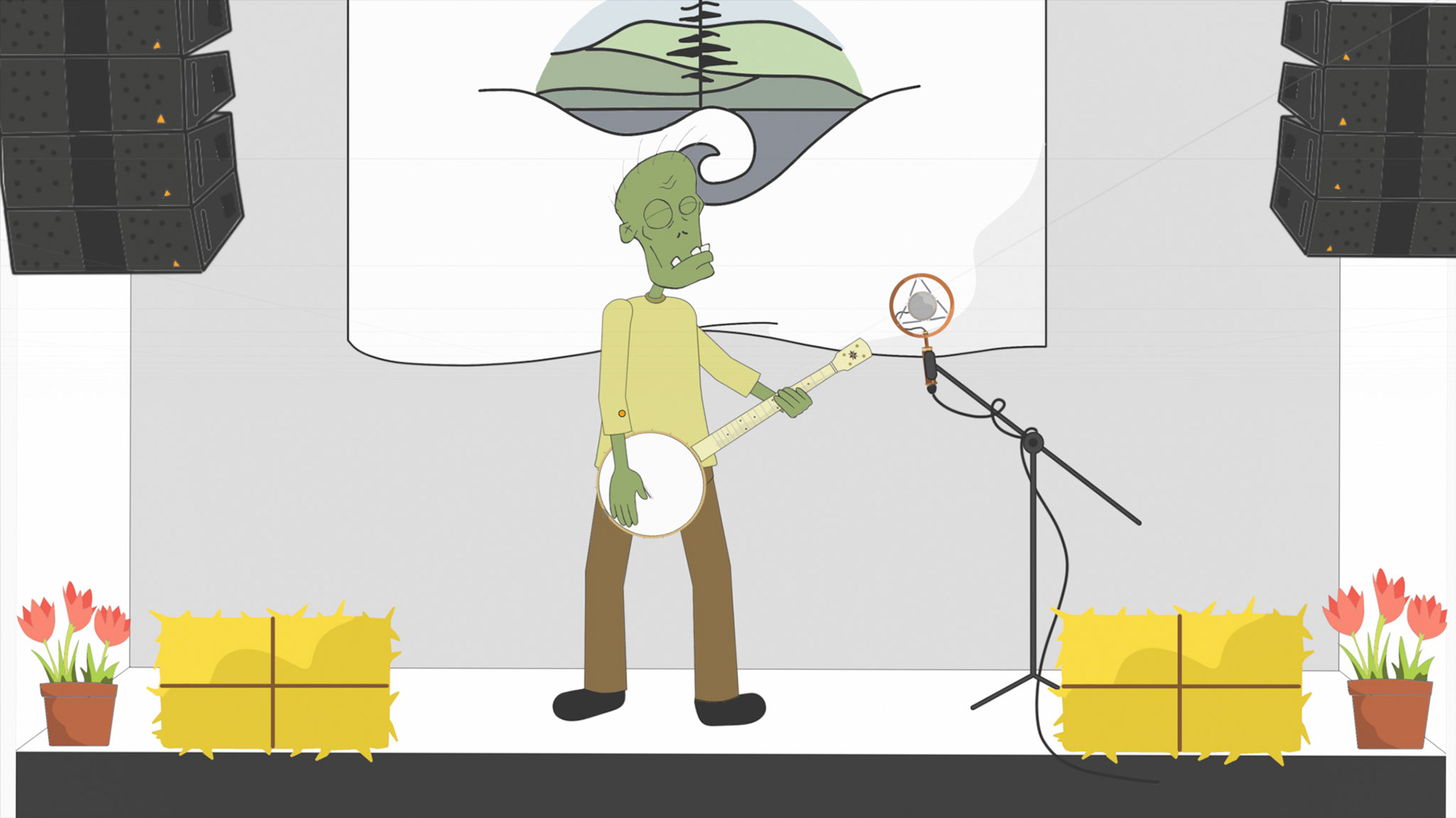
Image courtesy Brian Carroll
A Cartoon Zombie Consolation
This past year took away something beautiful from everyone. In the circle that I tend to run in, the common thread holding so many of us together was live music. Friends who depend on concerts and live merch sales for their livelihoods. Photographers who shoot live shows and musician portraits. And for myself, connecting with artists through recording video performances in uncommon places through the Old Spruce Sessions.
I found a massive gap in my creative outlet due to Covid-19, without the prospect of working with countless artists as they passed through Vermont or creating with them at festivals. So, to scratch the relentless itch that creation haunts me with, I took to a less “in the flesh” method of creating through graphic arts and by writing, filming, starring in, and editing short films.
I continued a tradition of illustrations based on some of my favorite artists in graphic form and dove head on in 2D and 3D animation (a learning curve I was not quite ready for). My wife and I finished our second illustrated children’s book, and I am currently putting those frustration-filled hours of YouTube videos titled “Animation for beginners” into creating narrated and animated versions of those two books with plans for another handful on the horizon.
A cartoon zombie playing a banjo on a graphically rendered version of my favorite festival stage may not be the same as hugging friends and late night pickin’ sessions, but it is certainly a start and we will get there soon. —Brian Carroll

Photo by Bridget Cole
Emotions of Covid
I have gone through such a range of emotions over the past 12 months.
Curiosity when I first heard of covid in other countries; what was this virus?
Wonder when the first case reached the United States.
Worry as the cases moved eastward and into Vermont. It seemed to be spreading so quickly.
Fear as the first US. deaths were reported. This is serious.
Panic when the schools closed down and we went to remote teaching.
Fear and panic, so debilitating I could not do anything. I froze.
I wanted to escape, to run away, but as in those apocalyptic movies, I couldn't, there was nowhere to go.
Worry about my children, half a country away.
Concern for my students and their parents thrust into new learning environments.
Overwhelmed by the sheer volume of work needed to teach online.
Weariness after staring at a computer screen teaching, planning, and grading.
Isolation seeing no one outside my housemates.
Anxiety about getting groceries, washing everything before bringing it inside.
And so life went along in this fashion for a while, the new normal.
Me: afraid, stressed, and worried.
I cried a lot.
And then a turning point. The realization that this was our new normal and to make this time count. It’s a gift to have time at home to finish projects, to renovate, to learn and purge.
Many zoom meetings with my family and my high school friends spread across the world reconnected us. Made me feel alive again. —Bridget Cole
Curiosity when I first heard of covid in other countries; what was this virus?
Wonder when the first case reached the United States.
Worry as the cases moved eastward and into Vermont. It seemed to be spreading so quickly.
Fear as the first US. deaths were reported. This is serious.
Panic when the schools closed down and we went to remote teaching.
Fear and panic, so debilitating I could not do anything. I froze.
I wanted to escape, to run away, but as in those apocalyptic movies, I couldn't, there was nowhere to go.
Worry about my children, half a country away.
Concern for my students and their parents thrust into new learning environments.
Overwhelmed by the sheer volume of work needed to teach online.
Weariness after staring at a computer screen teaching, planning, and grading.
Isolation seeing no one outside my housemates.
Anxiety about getting groceries, washing everything before bringing it inside.
And so life went along in this fashion for a while, the new normal.
Me: afraid, stressed, and worried.
I cried a lot.
And then a turning point. The realization that this was our new normal and to make this time count. It’s a gift to have time at home to finish projects, to renovate, to learn and purge.
Many zoom meetings with my family and my high school friends spread across the world reconnected us. Made me feel alive again. —Bridget Cole
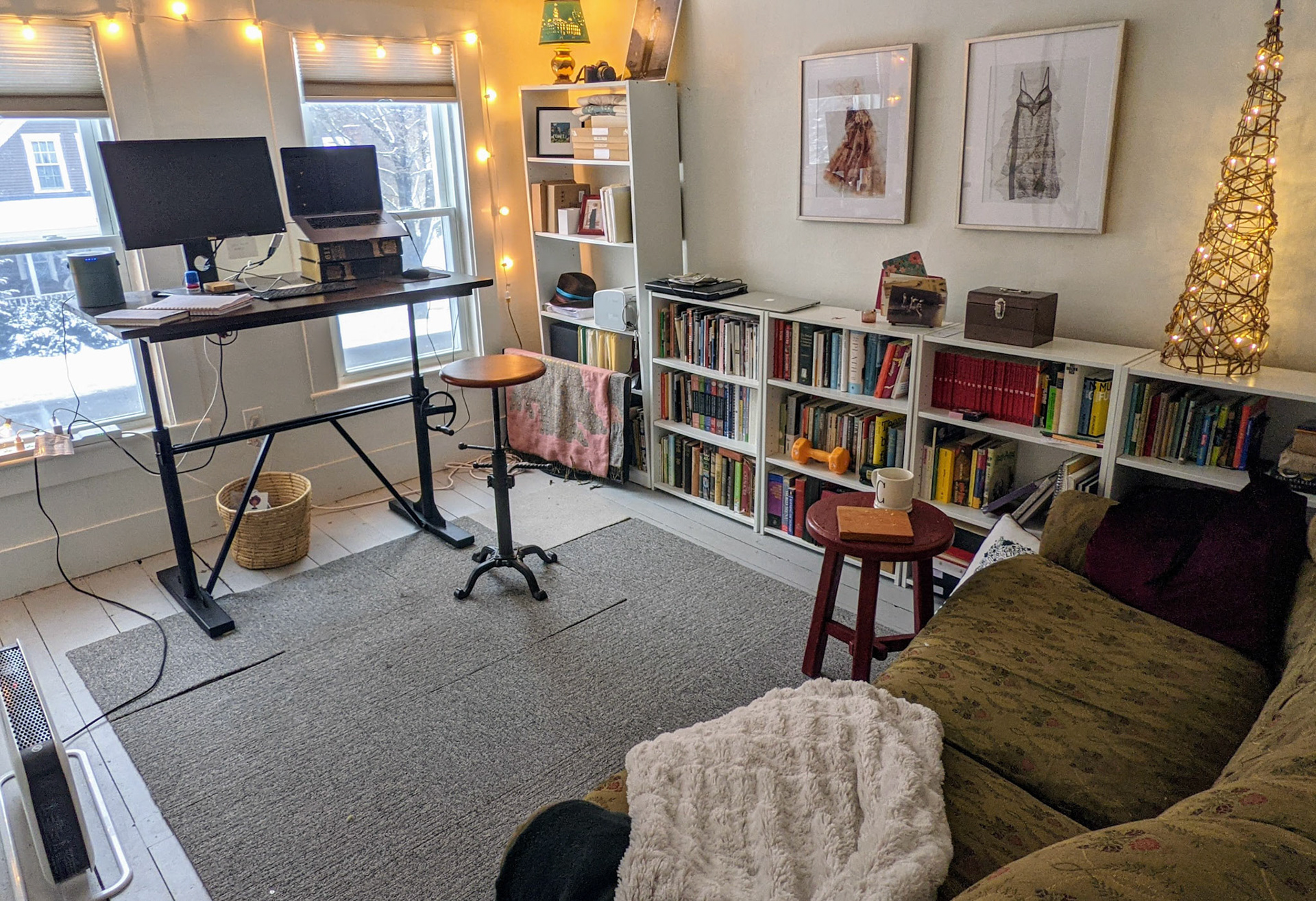
Photo by Courtney Cook
Introverting
The strangest thing about the last twelve months was watching my life undergo a profound change for the better even as the world turned on a demented cycle of illness, violence, environmental catastrophe and broken leadership. Coping, as such, isn’t what I’ve been doing. A better word would be thriving.
It’s not because I’m not susceptible to suffering. Some things this year have been really hard: a couple of people whom I love have been very sick, I have been more alone than ever before in my life, and I grieve the suffering of the world in specific and anxious ways.
What has made all the difference is that I was freed from working in an office environment. I no longer have to deal with noise, weather and traffic as the first thing I do in the morning. I no longer have to sit under lighting that gives me a headache, at a desk that is ugly and uncomfortable, in a building filled with sensory interruptions. And I still get to see my colleagues, whom I adore, every day.
I am an ADHD-inclined introvert who has learned a lot of coping skills, but I had no idea of the toll that ordinary office life was still taking on me. These days, I have plenty of quiet and can soften my environment. This means I can focus. And focus, it turns out, pays out in innumerable forms: productivity, insight, patience, compassion, resilience and creativity are just a few.
I will never go back to that life—no introvert should have to. —Courtney Cook
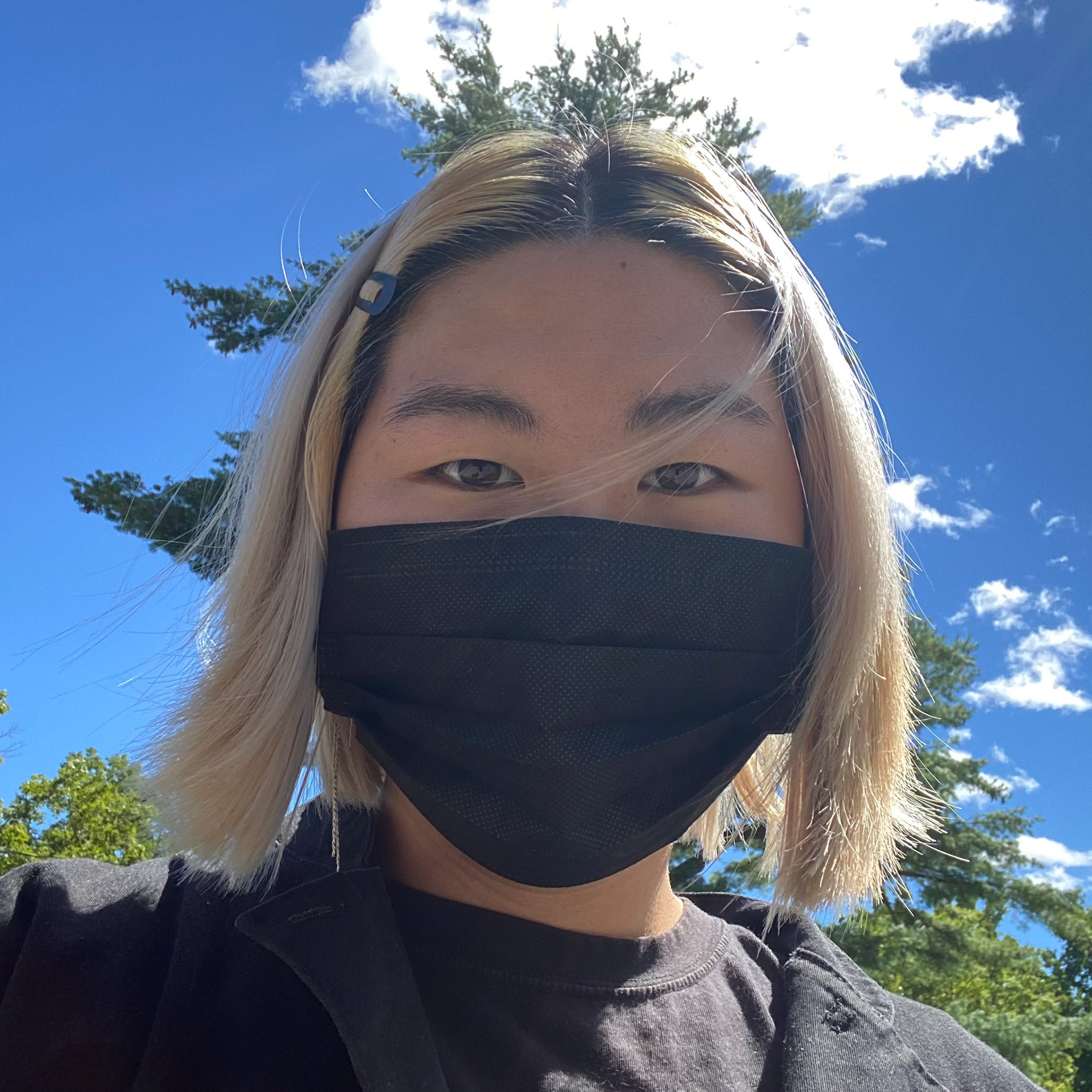
Photo by Lily Doton
Leaning Into My Otherness
As people, we love to put others into boxes. Into easily digestible categories that might help us gain insight into their perspective. We categorize by race, by age, by gender, by location, by hobbies.
This can be positive in a lot of ways: it can bring people with common interests and values together, it can foster a culture among groups of people, it can give individuals a place in a community.
But for me it’s been, mostly, confusing.
Growing up as an interracial adoptee has made all of these boxes feel irrelevant, at least in regard to me. There are experiences that Korean American people can all relate to while I feel like an outsider. And I’ve had experiences that none of the white people I know will ever be able to understand.
The pandemic, in a way, has helped me better understand my place as an Asian American. At least, the place that is assigned to me by other people. I have lived in Vermont almost all of my life, but people can and will still look at me like I’m other—a foreigner.
It’s made me smile extra hard under my mask at people that pass me in the grocery store. It’s made me enunciate every word, flaunt the Vermont license plates on my car.
But when I’m home alone, I lean into what makes me Korean. I had time to start studying the language, trying my hardest to get the pronunciation correct. I’ve binge watched Korean dramas and listened to my favorite K-Pop songs on repeat. I’ve begun planning a trip to Korea, for when all of this is over.
I’ve started to find myself. —Lily Doton
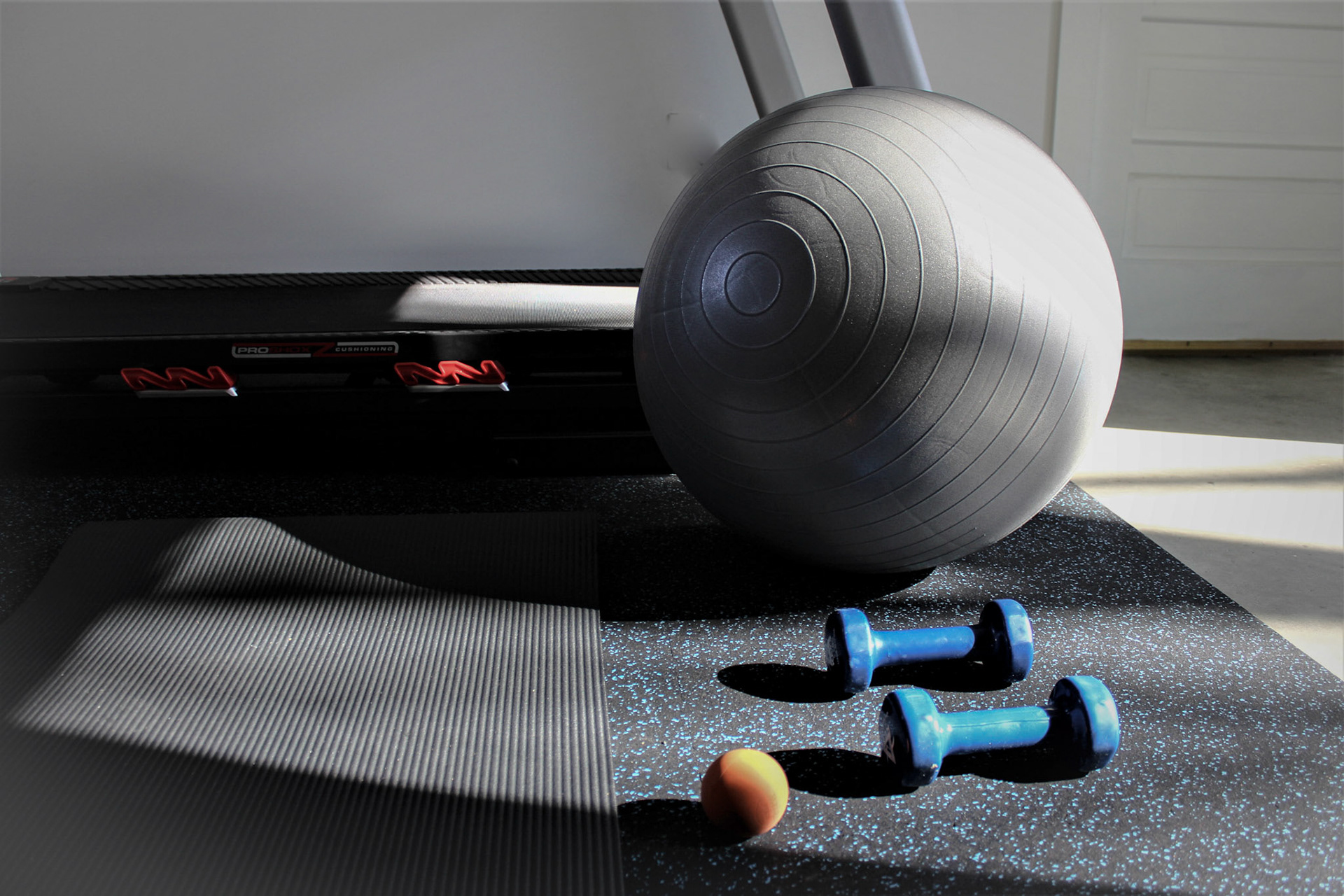
Photo by Hazel-Dawn Dumpert
A Room Somewhere
Back when I thought this crap was only going to last a few months, I let it go. Cake, cocktails, cheeseburgers, more cocktails. Gym closed? No problem, I had a Negroni and a massive pot of risotto to keep me occupied. By the time I was staring with morbid fascination at the soft, round stranger in the mirror, it was too damn late for brakes.
As it turns out, no gym was a biggie. I am simply not the kind of person who can self-motivate to fitness. I need structure, so I set about building some. A fancy treadmill, finally purchased new after fruitlessly scanning craigslist for months, is the anchor of a ten-by-six space appropriated from a breezeway that previously housed piles of muddy boots, a ratty loveseat, backpacks, and recycling bins. The treadmill is great, but it’s the room that draws me. There is speckled rubber flooring—key for designating usage—a row of dumbbells, a basket of balls and bands, a nice squishy mat. There is music and decent lighting. It says “gym” to me.
I’m not going to lie—an inspirational transformation has yet to pass. I'm still not where I want to be, but I’m getting there and, especially over the course of our harrowing fall and winter, having a place where I could go to cardio my mood better, play around on an exercise ball, or even just lie down and stretch, has kept me mostly sound, and mostly sane. —Hazel-Dawn Dumpert

Image courtesy Taylor K. Long
The Crown
This year, the foundation that bolstered me through winter had many components: ice skating, hikes (with an occasional beer) with friends, baking over Zoom with my mother, and many, many hours of video games.
While I’ve racked up countless hours on many titles (Stardew Valley, Breath of the Wild, and most recently, Animal Crossing), what I look forward to the most is Friday night. Because every Friday night at 8 p.m., I compete for crowns and bragging rights while playing MarioKart with my friends.
Our dedicated weekly MarioKart league just celebrated its first birthday. It started casually enough, when our friend Jared emailed a small group of six of us to toss out the idea of playing together online. I offered to host a Zoom so we could chat (read: vigorously swear at each other) while we play. A few months in, some of us bought jerseys with references to our usual characters. As more friends bought Switches, the group has expanded, and we occasionally don’t have room for everyone (the online room caps out at 12). In a year, we’ve missed maybe a week or two.
My friends have repeatedly seen one of the uglier, more competitive sides of me, often fueled by a glass (or two) of wine. We’ve discovered myriad ways to say “fuck you” to each other when we get hit by a red shell at the finish line. But every week, we return. Through a global pandemic, my friends keep showing up. And I know they always will. —Taylor K. Long

Photo by Isaac Lorton
Treet Yourself
I love the way certain trees move through the forest. You know which ones. Bent and twisted and gnarled and beautiful. Legions of trees, straight up and down, stand still around the dazzling one. The upright do not catch the eye like a tree that you can see has lived through some shit. Those trees that stop you dead in your tracks, that cause you to pause, scan up the trunk from ground to sky, and say, “I wonder what happened at that point in its life?” Storms weathered, friends fallen, food scarce. “I wonder where it is headed?” You appreciate the struggle the tree must have gone through to survive—clinging to the good soil, even as it eroded away from between its roots—and now you get the privilege of seeing it on your walks, still there growing, in its own way. These types of trees are best seen during winter and early spring. The leaves have not yet returned and you can see the trunks and limbs of these dancing trees, weaving through the forest stretching, twisting, reaching out for something that only it hears, and feels, and yearns for. And it moves slowly, towards that end. Gliding through the woods.
And often, off in the distance, you can see mountain ranges that are hidden from view in other seasons. That is how I cope in the wintery and muddy seasons (and the pandemic): visiting my arboreal friends and appreciating what I cannot see normally. —Isaac Lorton
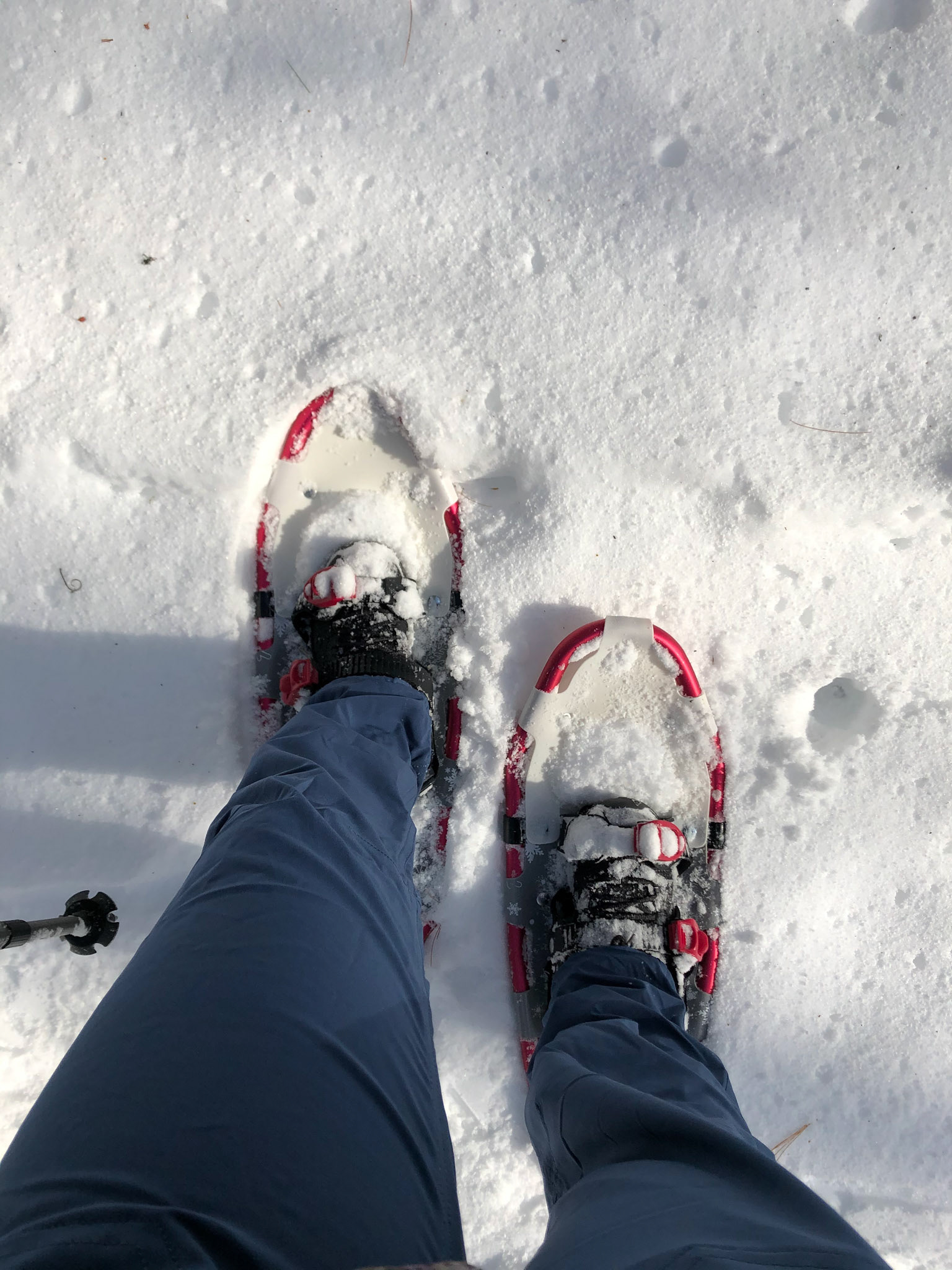
Snowshoe
The snow crunches under my feet. My neon pink snowshoes flick snow into my boots, sending a shiver across my skin. I shake it off and dig my foot into the freshly fallen powder. The quiet of a forest muffled by snow is worth the cold.
Though I grew up in Vermont, I had never tried snowshoeing. It’d be like walking, I figured, when I was looking for a pandemic-safe outdoor activity that didn’t involve racing down a hillside. In many ways it is. Slow. Methodical. Solitary.
My snowshoe cuts through the loose powder to grip a solid base layer. Sweat forms on my back as I claw my way up. At the top, sun filters through the pine canopy. The snow glitters like thousands of jewels. The only sound is my own breathing.
While my snowshoes leave imprints behind, they also ease the worries rattling in my mind. Work, the pandemic, and lack of human interaction knit together in a ball that only the tall, straight pine trees can unravel. Uphill climbs encourage me to leave the past in low valleys. Winding trails remind me to be excited, not fearful, of what’s next.
I reach a fork in the trail. To the left, footprints, pawprints, and cross-country ski tracks have packed down the snow. Fluffy, untouched powder covers the trail to the right. That Frost poem comes to mind. But in an era where we are distanced, the mere traces of other people draw me in. I take the road well-traveled. —Sydney Lucia
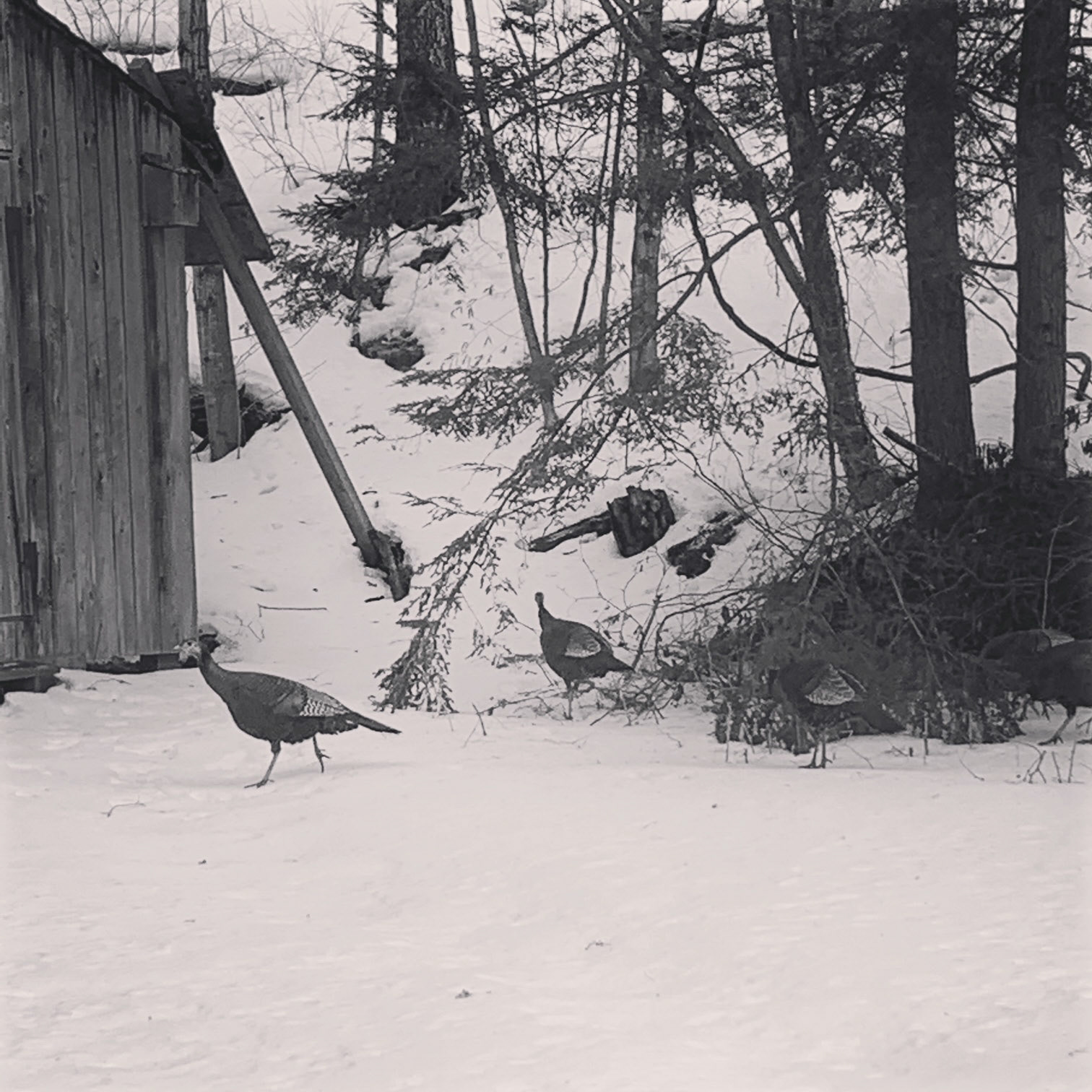
Aviary
March 28, 2020 / A woodcock calls from the scrubby, wet brush about 20 feet from the house.
Since we moved into our house almost seven years ago, we’ve heard and/or seen over 70 bird species on our two acres.
March 29 / Mourning doves coo from our woods’ edge for the first time in the six years we’ve lived here.
Part of what has kept me going through the pandemic has been the fortunate ability to work from home, with more time to watch each season unfold.
April 1 / Stuttering drill of a yellow-bellied sapsucker. Song sparrow skulking in the yard.
April 26 / Ruffed grouse. Broad-winged hawk.
The amount of biodiversity in such a small place astounds me every year.
May 13 / Banner day. First ever northern parula and blue-winged warbler seen from the house. Breeding pair of orioles, ovenbird, black-and-white warbler, blue-gray gnatcatcher, yellow-rumped warbler, black-throated green warbler, black-throated green warbler, indigo bunting, hermit thrush.
Counting species is a way to count blessings, and to think about timescales other than that of the pandemic.
May 14 / First ever wood thrush.
May 21 / Veeries have finally arrived. First ever least flycatcher. Louisiana waterthrush bobbing along the brook.
Birdwatching reminds me of the lives and dramas playing out indifferent to (though not un-impacted by) human concerns.
June 15 / Baby phoebes are almost fully fledged, crowding out the nest affixed to the house.
This morning the ruffed grouse returned to our woods. Another season is upon us.
—Michael Metivier
—Michael Metivier
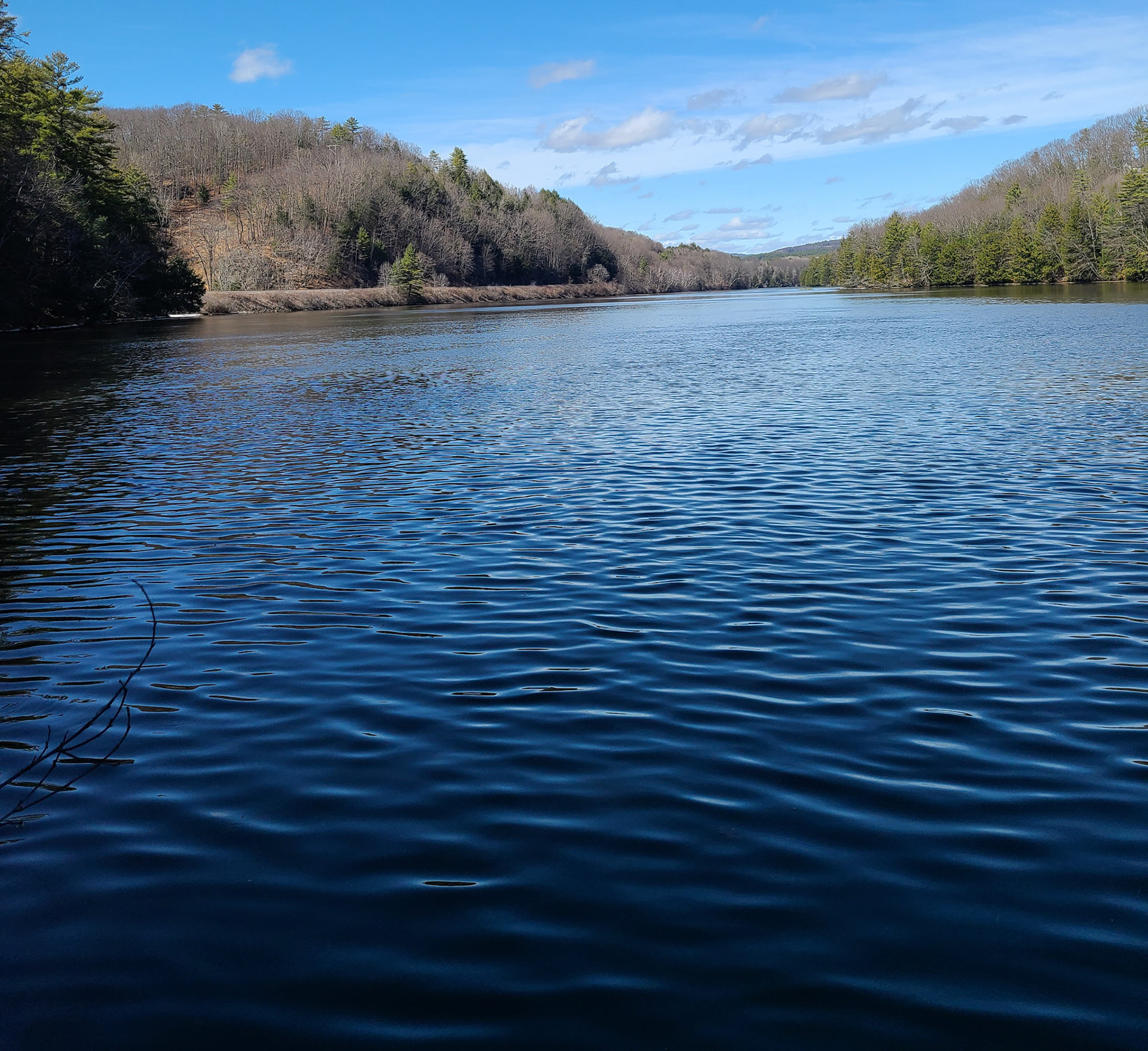
Photo by Isaac Lorton
Place
Place is important to me. It’s important to me that I make the place where I live a home, to understand my role in its human and more-than-human communities.
One of my favorite things to do in the spring and summer of 2020 was to take long walks – to make loops using dirt roads and state highways to stitch together scenic vistas that I had visited individually. Be they of a small stand of yellow birch trees or of big ol’ Camels Hump, last spring, I made the time to connect them.
I loved watching Vermont wake up last spring. Snow melted. Sap ran. Trees budded out. Birds returned. Snow came again. Snow melted again (eventually, for good). Doing that watching on foot brought a rhythm, a focus, and a slowness to “living in place.” And then, summer’s green, fall’s yellow, winter’s white, and eventually spring, again.
My pride in and love for Vermont–the place and its people–deepened over this pandemic year. My knowledge of the landscape cemented. I could see where I fit in it as I walked out my front door and created circles, ranging from one to four hours a-round. The pandemic reminds us to appreciate natural cycles and our place within them. —Katie Michels
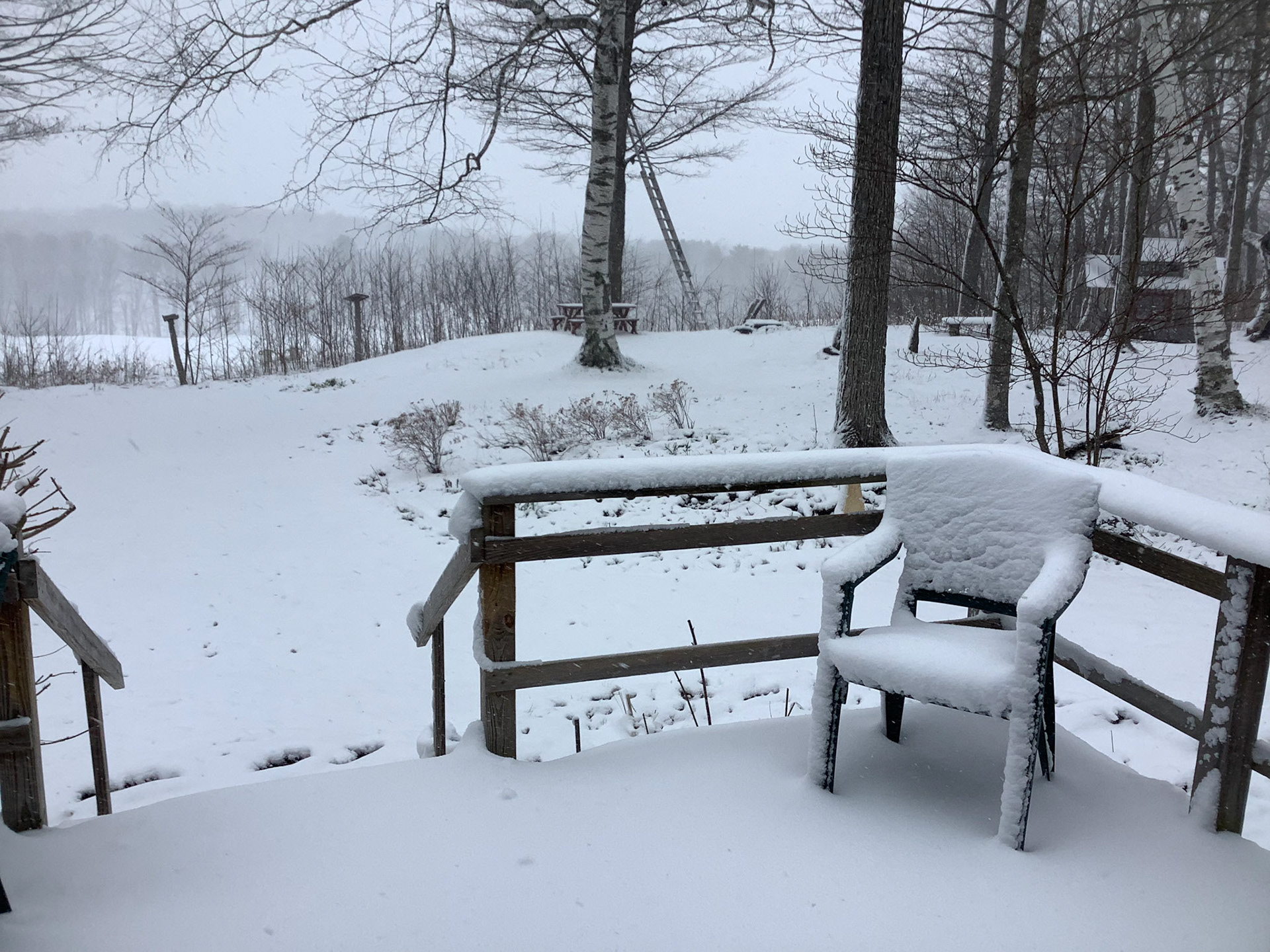
Photo by Dian Parker
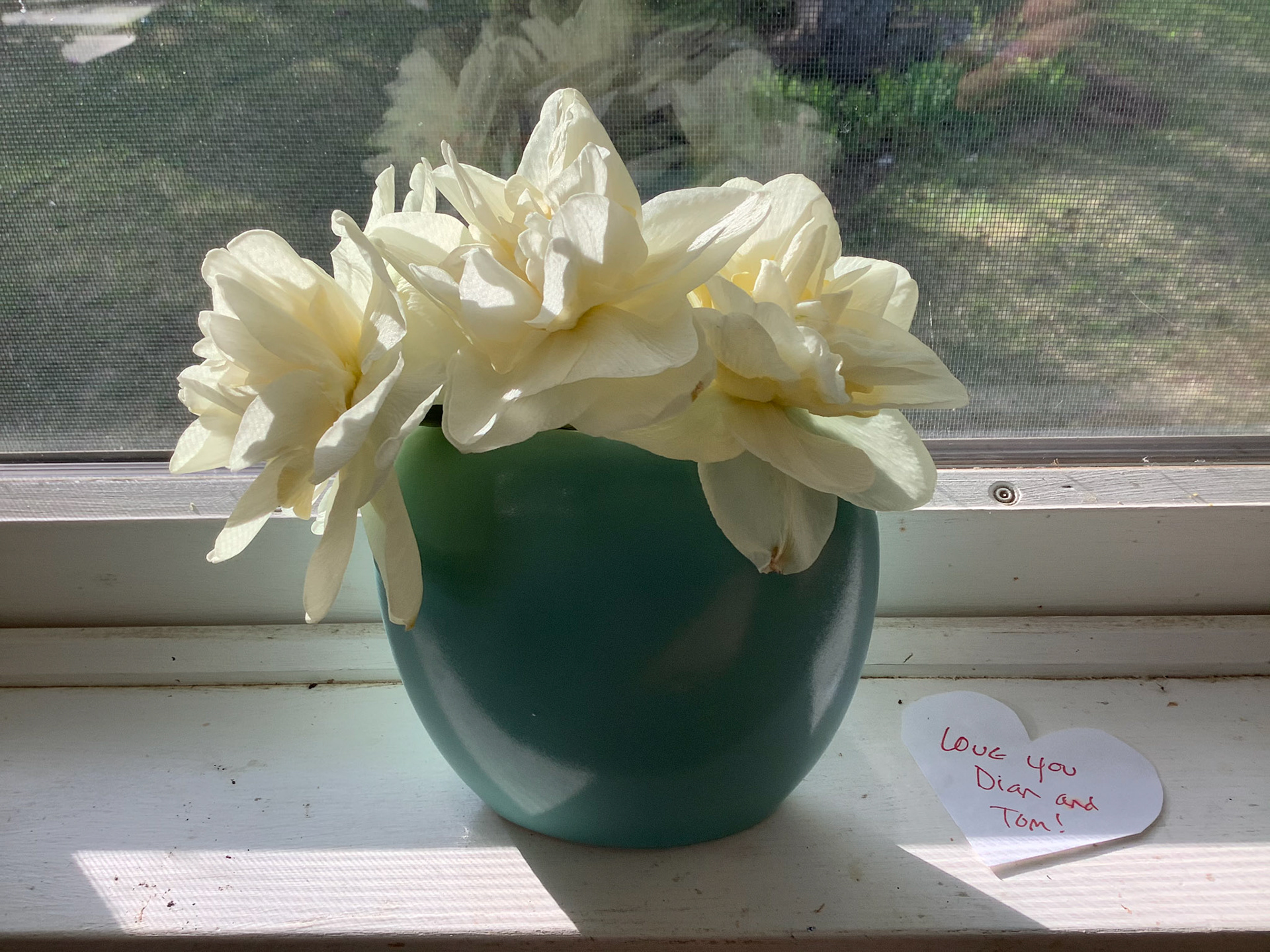
Photo by Dian Parker
Yoga, a Thrush, and Proust
Three essentials have nurtured me during the pandemic. The first has been yoga. After a year in isolation, yoga has become my refuge, a time when I can sit inside myself and not be so much in the world. If I keep at it long enough, I gradually let go, deeper and deeper, until I reach an inner landscape of calm.
The next essential is bird song, especially the hermit thrush. Birds don’t have a larynx like humans, but a syrinx that is no bigger than a raindrop. This enables them to produce two unrelated pitches simultaneously. The liquid, flute-like song of the thrush reminds me that there is deep music in the world.
The third essential has been reading Proust. He slows me down. Long sentences, detailed descriptions, his ability to make beauty with words. Proust rouses my sensuality to a quivering frequency, not unlike the thrush, or holding a long pose in yoga.
These three charms keep me present, still my reactions to the crazy world, remind me to keep the imagination primed and breathe deep in there. Let my resistance melt. Breathe the sky and listen to the thrush singing its heart high. Stretch higher into the shoulder stand. Hold the pose longer until I feel I might break. Surrender, then drop deeper. Read ten more of Proust’s 3,200 pages.
Three simple acts: hold the pose, listen deeply, and read slowly. This is my work now, remembering to keep my imagination and senses wide open. Otherwise the world enters and I forget to be grateful. —Dian Parker

Photo by Tammy Snyder
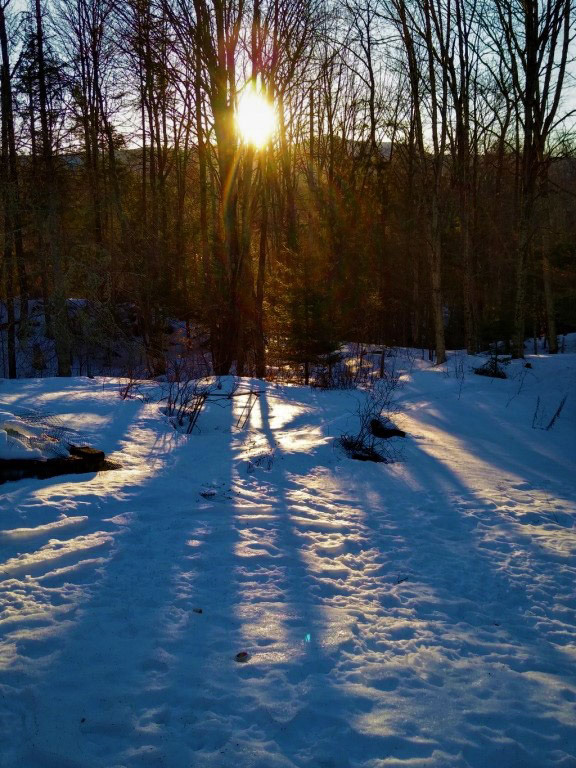
Photo by Tammy Snyder
Held Safely By the Current
Three feet high, their bases filled with wood to decrease the amount of soil needed for the plants, my raised gardens became a haven for a thriving colony of voles. They feasted on Swiss chard, pansies, summer squash, cucumbers and peas. Tall strands withered, sliced by efficient teeth. The bases of plants pulled into tunnels provided a moveable feast. I retreated from the voles to the forest of Ripton and the chilly waters of the North Branch river. My favorite swimming hole along Dugway Road gave me the ability to float and fill my vision with sky and cloud. I was held safely by the current, relaxed and empty of worry. The Robert Frost Interpretive Trail provided paths refurbished to be wider and easier to walk. The trails extended over the river and into the meadows. I walked with my husband and dog, and along the journey, there were Frost poems to contemplate among views of berry and flower, swamp and river, woodland and pasture. Come autumn, hardwoods lined the path with blazes of red, yellow and orange. When winter returned, the natural world provided snow—snow to watch from windows, to throw for my dog to catch, and for snowshoeing. Winter brought my grandsons sledding on the hill where their father and uncle romped, and distanced visits to pass the time while waiting for spring to return. —Tammy Snyder
Perry Allison blogs about living in the country, being a grandparent, road trips, community building and more on her blog “Remember What You Know.”
Donald Cameron has just retired after teaching mathematics, coaching cross country and track and being a dormitory parent for 45 years in a New England College Prep Boarding School.
Brian Carroll’s children’s books are here and more of his work can be found at www.crosscutcreatives.com.
Bridget Cole grew up in southern Vermont, where she currently resides and teaches fifth grade. She has been a teacher for the past nearly quarter century. She is a former dairy farmer who enjoys hiking and being outdoors.
Courtney Cook is a writer based in Hartford, VT. She has degrees from Dartmouth College and the University of Wollongong, Australia, taught English literature for ten years, and now works as a technical writer and marketing manager. You can read her writing at the Los Angeles Review of Books and in her newsletter, Survival by Book.
Lily Doton is a student at Castleton University who finds comfort in sharing her stories. She was born in Korea and adopted by a family of Vermonters when she was a baby, and is now passionate about social justice and equality and seeing Asian people represented in media.
Hazel-Dawn Dumpert is a longtime journalist who’s written about everything from film and music to figure skating and bald eagles. Her work has appeared in, among other publications, The Guardian, Film Comment, the Village Voice, and Yankee.
Taylor K. Long is a writer, editor, and photographer based in Windsor, VT. Her work has appeared in The New York Times, The New York Press, New York Magazine, Bright Wall/Dark Room and more.
Isaac Lorton is a storyteller and is happy to be here in this place at this moment with this group of people. Writing, Photographing, Editing.
Sydney Lucia writes, hikes, and bakes in Vermont. You can follow her writing adventures on Instagram at @sklucia_writer.
Michael Metivier is an editor, poet, essayist, and musician based in Windsor, VT. His work has appeared in Crazyhorse, POETRY, African American Review, Literary North, EcoTheo Review, and LAAB, among other publications. Visit his website at michaelmetivier.com.
Katie Michels is a graduate student at the Yale School of the Environment and Management, though she still considers Montpelier, VT, home.
Dian Parker’s essays, short stories, and articles have been published in numerous literary journals and magazines, and nominated for several Pushcart Prizes.
Tammy Snyder lives with her husband, Erik, and dog, Waffle, in Ripton, Vermont, where community and beauty are bountiful.
